Tips To Grow Vegetables In Containers
As an Amazon Associate and member of other affiliate programs, I earn from qualifying purchases.
So you don’t have space for an in-ground garden. That’s no reason to give up on growing food at home. You can absolutely grow vegetables in containers!
Growing veggies in containers is only a little different from growing in the ground or raised beds. And there are lots of advantages to container gardening.
Container gardens do not have to battle weeds, can be placed in any location, and they don’t have to take up very much space.
Five tips for growing vegetables in containers
Here are some tips for getting good results from your veggies grown in pots.
Choose an appropriately sized container.
Make sure your container is large enough to provide adequate space for your plant’s roots. The larger the adult plant, the larger the pot.
Larger containers mean you’ll have plenty of space for the roots to spread out. Stunted space for root growth leads to stunted plants. Smaller containers will also require more frequent watering and fertilization.
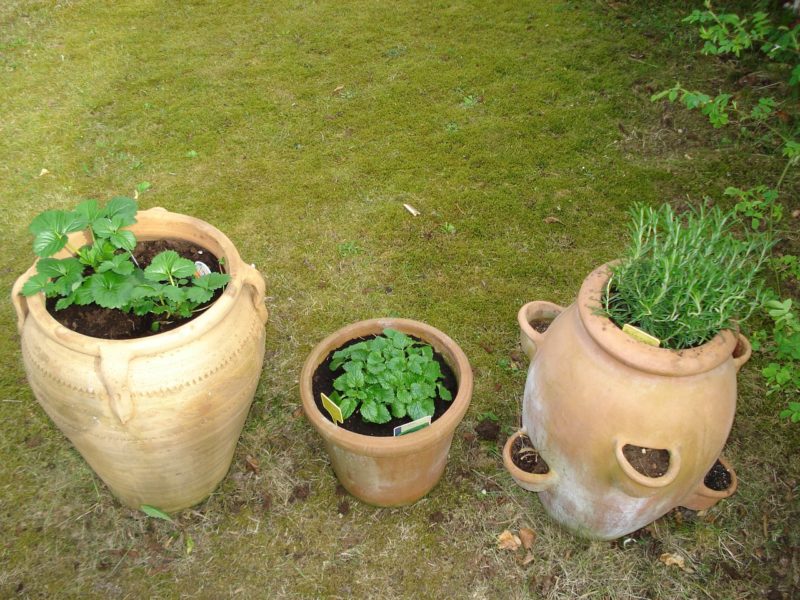
Choose an appropriate location
The ability to place your garden in the perfect location is one of the advantages of growing vegetables in containers. The perfect location is completely dependent on the vegetable you grow.
Tomatoes, peppers, and eggplant love full sun. Spinach and lettuce, on the other hand, will appreciate some protection from the hot afternoon sun.
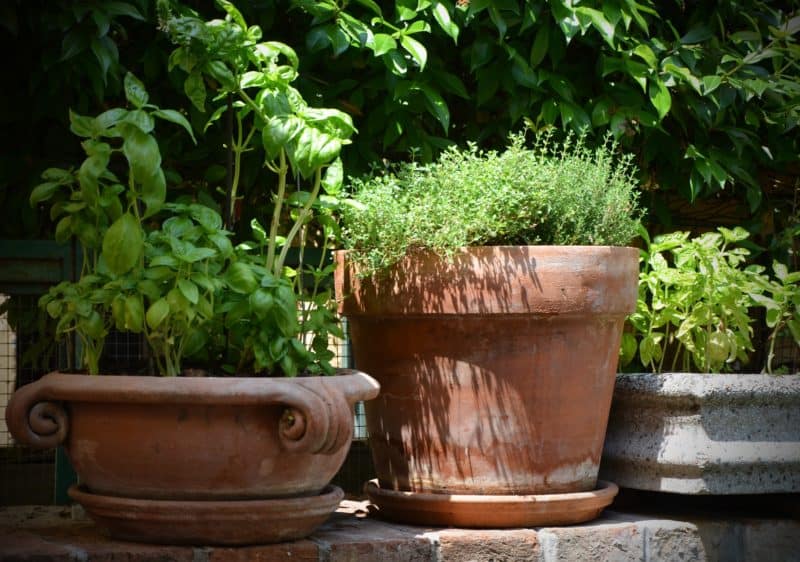
Use potting soil not garden soil
Whatever you do, do not use soil from your yard in containers. The soil from your yard will contain sticks, rocks, weeds, and bugs. Potting soil needs to be free of these things.
Purchase a high-quality potting soil like Foxfarm Ocean Forest, and you will need to fertilize less often. Or you can make your own potting soil with a mix of peat moss, perlite, and compost (+/- lime to adjust pH as needed).
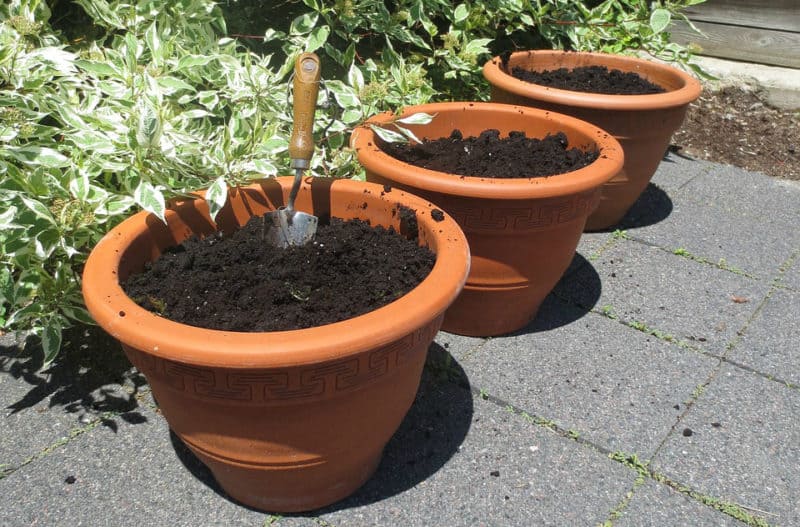
Make sure you have good drainage
Always use a container with a drainage hole. Your plants will be smothered by the excess water if there is no place for it to drain.
This is another reason to choose a good potting soil that will have a good balance of drainage and water retention.
When you’re growing plants for food, give them the best chance by filling your container completely with soil. Resist the temptation to improve drainage by adding cans, rocks, or other items in the bottom of your container. Choose a high-quality garden soil instead.
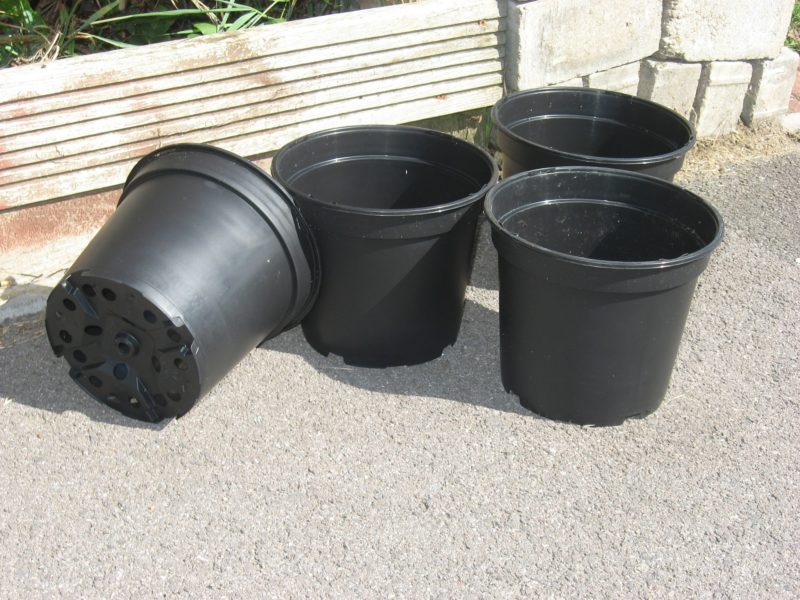
Fertilize, fertilize, fertilize
In any food garden, you have to make sure you have adequate nutrients for your plants to thrive. Here again, the first step is choosing a good quality potting soil or compost.
When you do need to fertilize, use organic fish emulsion fertilizer. It stinks to high heaven, but it makes your plants so happy! Use a hose end sprayer to apply it quickly and evenly with no smelly mess.
Watch your plants for signs they need fertilizer like slow growth, no fruit, and pale or yellow leaves.
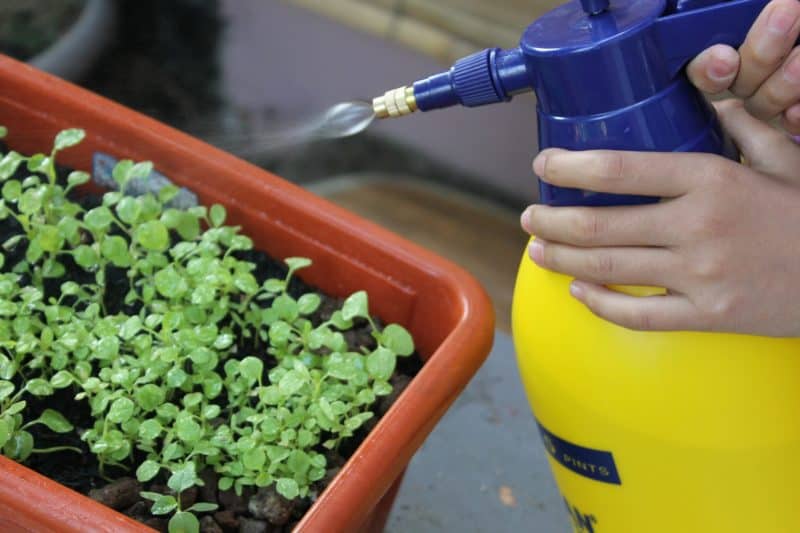
Related reading: Must-have supplies for growing vegetables in containers
How much food can you grow in containers?
You can grow as much or as little of your food in containers as you would like! Don’t limit yourself to tomatoes and peppers, you can even grow okra in a container!
If growing food for your family is your goal, don’t overfill your containers with plants.
They won’t look as lovely as containers overflowing with the thrill-fill-spill method, but vegetables need to have their space in order to achieve the highest level of food production.
Crowded plants compete for nutrients, water, and root space and will increase your pest or disease issues. Dedicate each container to one main food crop and a couple smaller companion plants.
What vegetables can grow in a 20-gallon container?
Tomatoes (one plant per pot)
container companions: lettuce, carrots, chives, basil, marigolds
Summer Squash (one plant will take over the container by the end of the season)
container companions: nasturtium, chives, onions
Broccoli and Cauliflower (one or two plants per container)
container companions: garlic, onions, chives, spinach, lettuce, chard
Related reading: Tricks To Growing Great Broccoli
Melons (large vining plants will require sturdy support or a large area to sprawl)
container companions: oregano, nasturtium, radishes
Okra (one plant per container, choose a dwarf variety as some okra plants grow over 14′ tall)
container companions: lettuce, spinach, vining nasturtium
Cucumber (choose a compact variety and provide support for vertical growth)
container companions: broccoli, cauliflower, radish, marigolds
Bush beans (1 plant per container can produce enough beans for one or two servings per harvest)
container companions: beets, carrots, chard, lettuce, cabbage
Potatoes (1 plant per container makes about 5 potatoes)
container companions: basil, marigold
Pepper and Eggplant (these two make good companions in a large container)
container companions: marigold, nasturtium, oregano, bunching onions, chives
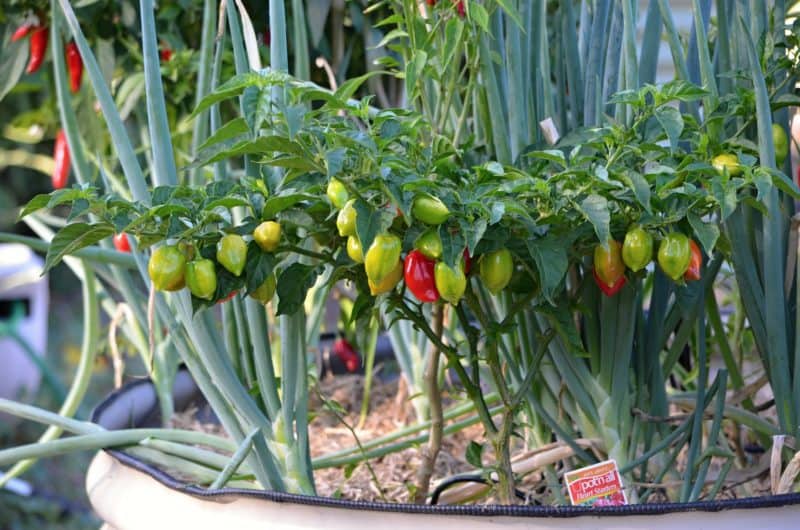
What veggies can grow in a 5-gallon container?
A five-gallon container is best dedicated to a single plant.
Peppers
Eggplant
Potatoes
Cabbage, Cauliflower, Broccoli
Carrots, beets, radishes
Tomatoes: it is possible to have a tomato growing in a five-gallon container. But this is really not enough space for a large tomato plant so it will probably start to look stressed and not produce as much later in the season.
Related reading: 5 Tips To Grow Delicious Tomatoes In Containers
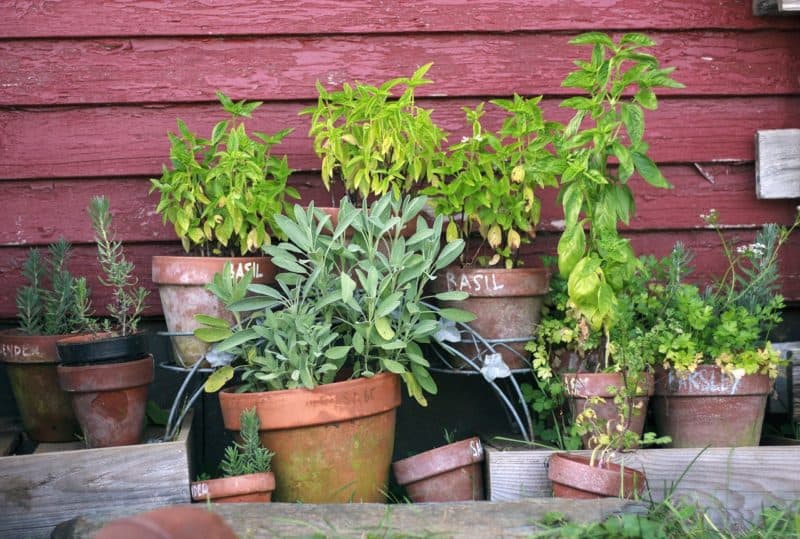
What can grow in 1-gallon container?
Check water daily, fertilize every 1-3 weeks as needed
Herbs
Radishes
Lettuce
Dwarf tomatoes, peppers
If you’re short on space or just don’t want to fuss with getting your garden ready, don’t hesitate to grow vegetables in containers.
Grow in whatever way works for you. The point is to just start growing your own food. Watch out, it’s addictive!
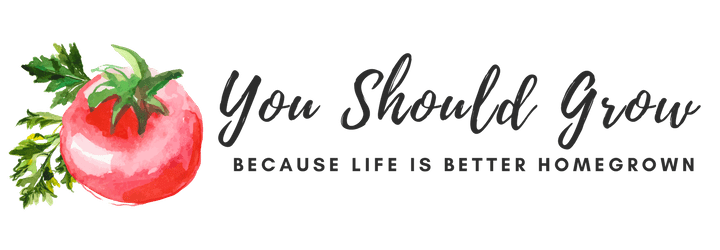

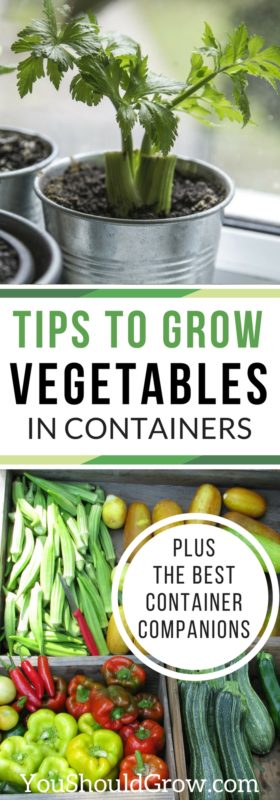
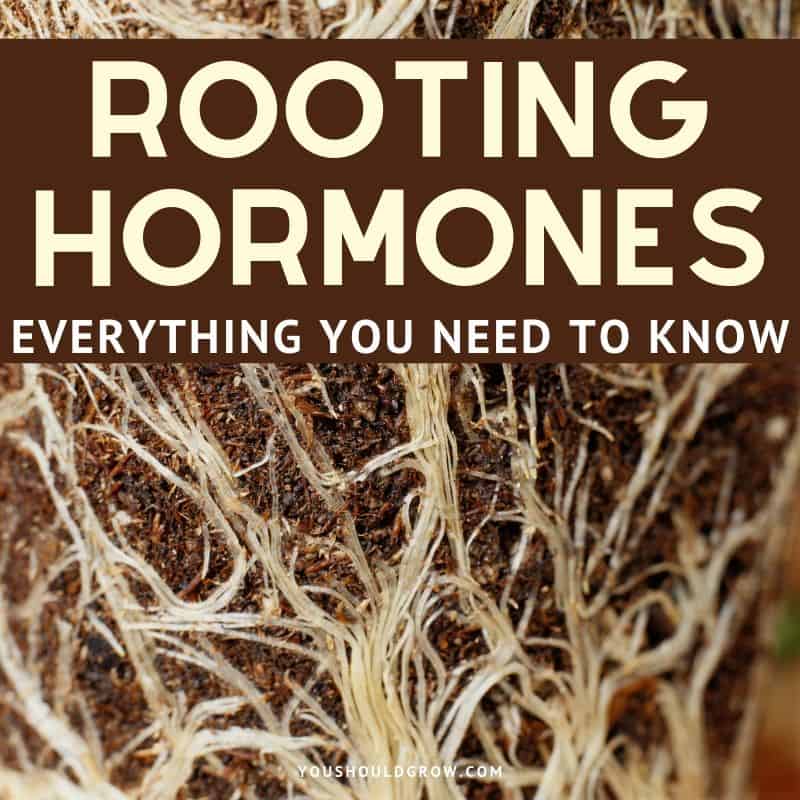
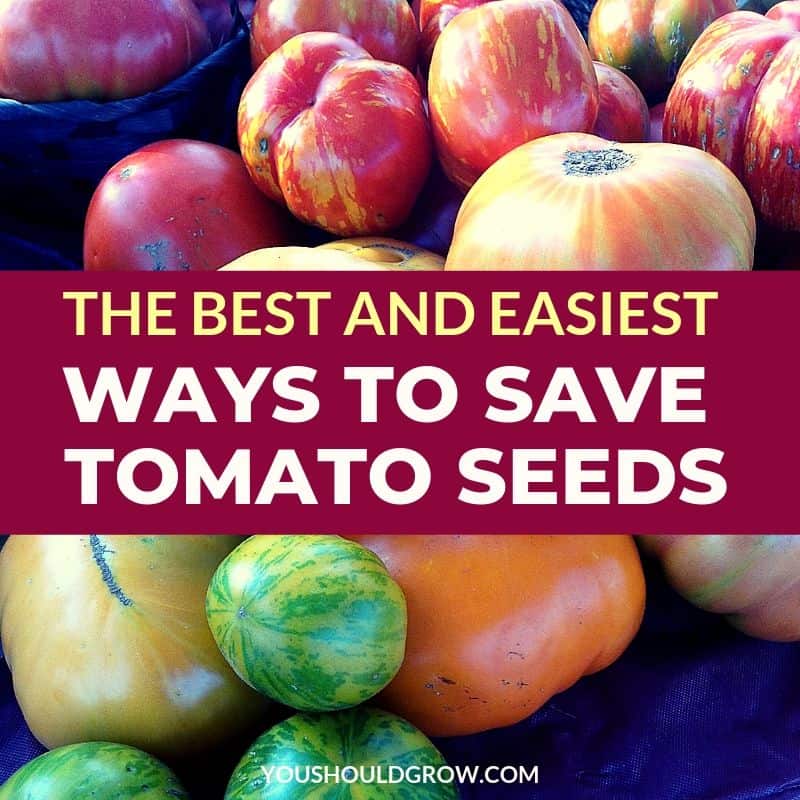
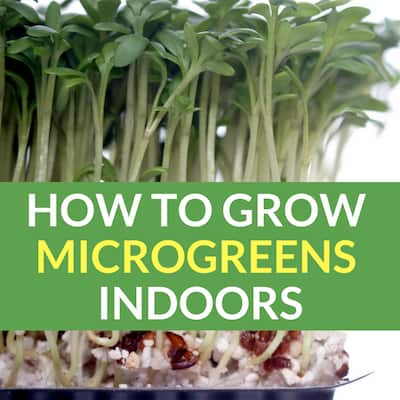
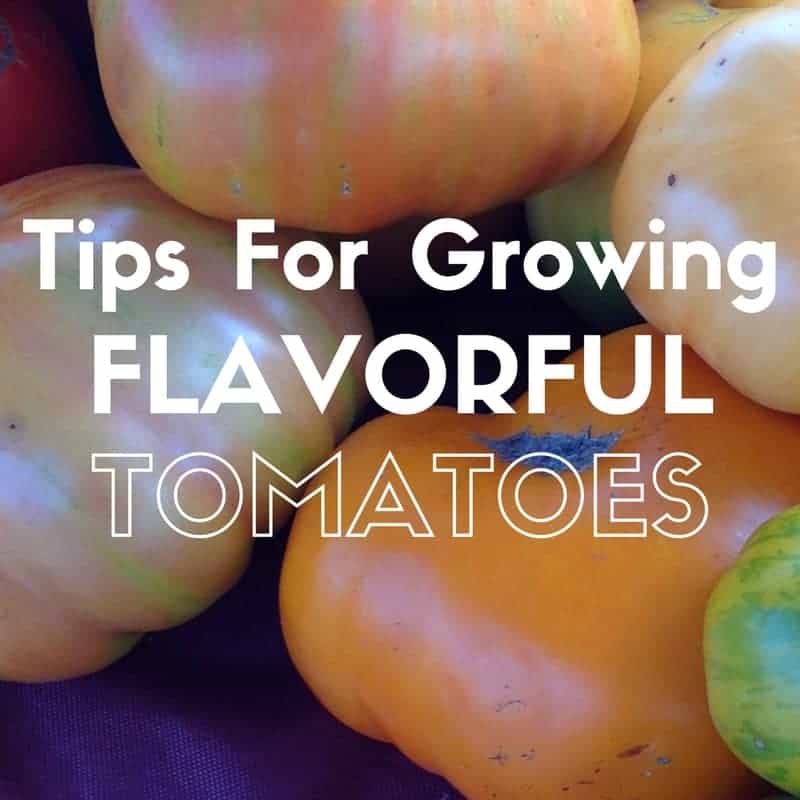
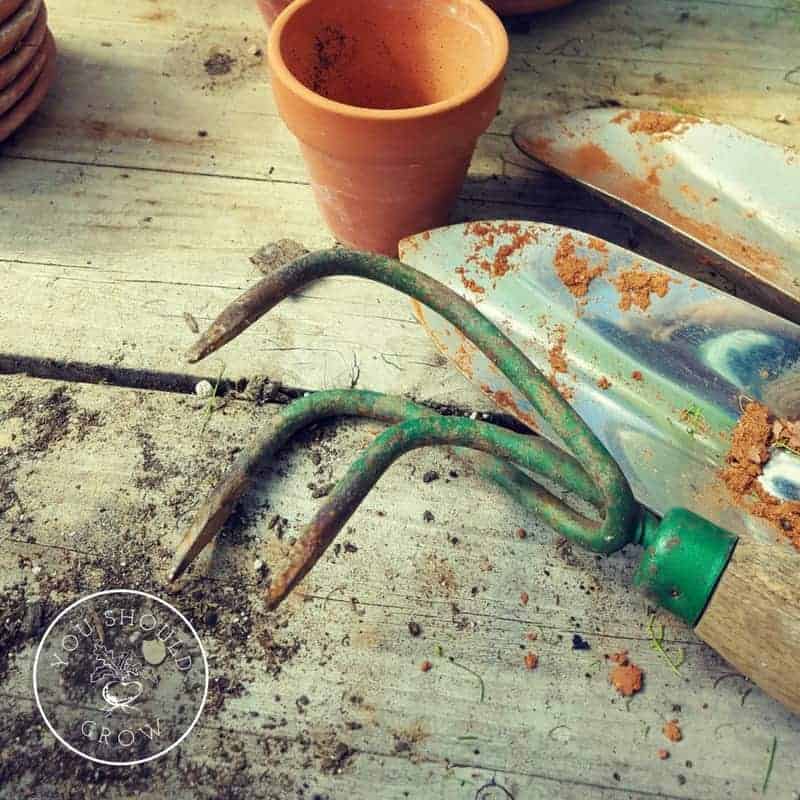
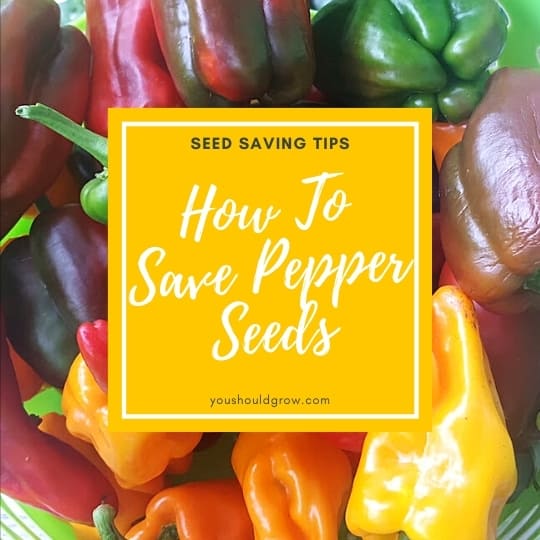
Btw, what is the craziest herb you try to the container ? for me it was Tea 😛
Oooh I would love to grow tea. We haven’t done anything too crazy. We had a bay bush in a container for a while, but that didn’t work out. lol 🙂
Actually, my dad believes in permaculture and I was grown up in farm under his guidance, but he really doesn’t like when I doing such experiments, but I tried to improve my skills in modern gardening techniques 🙂